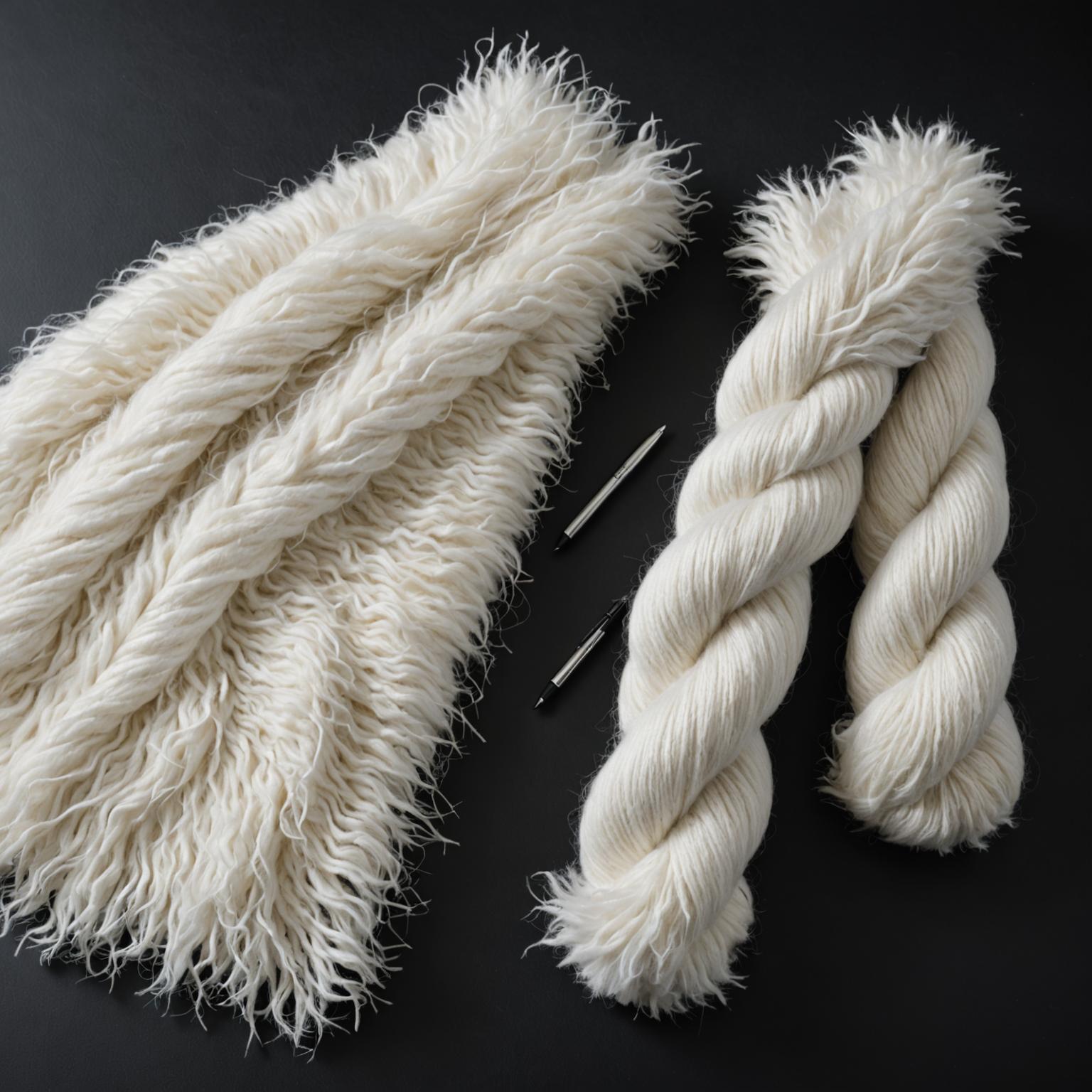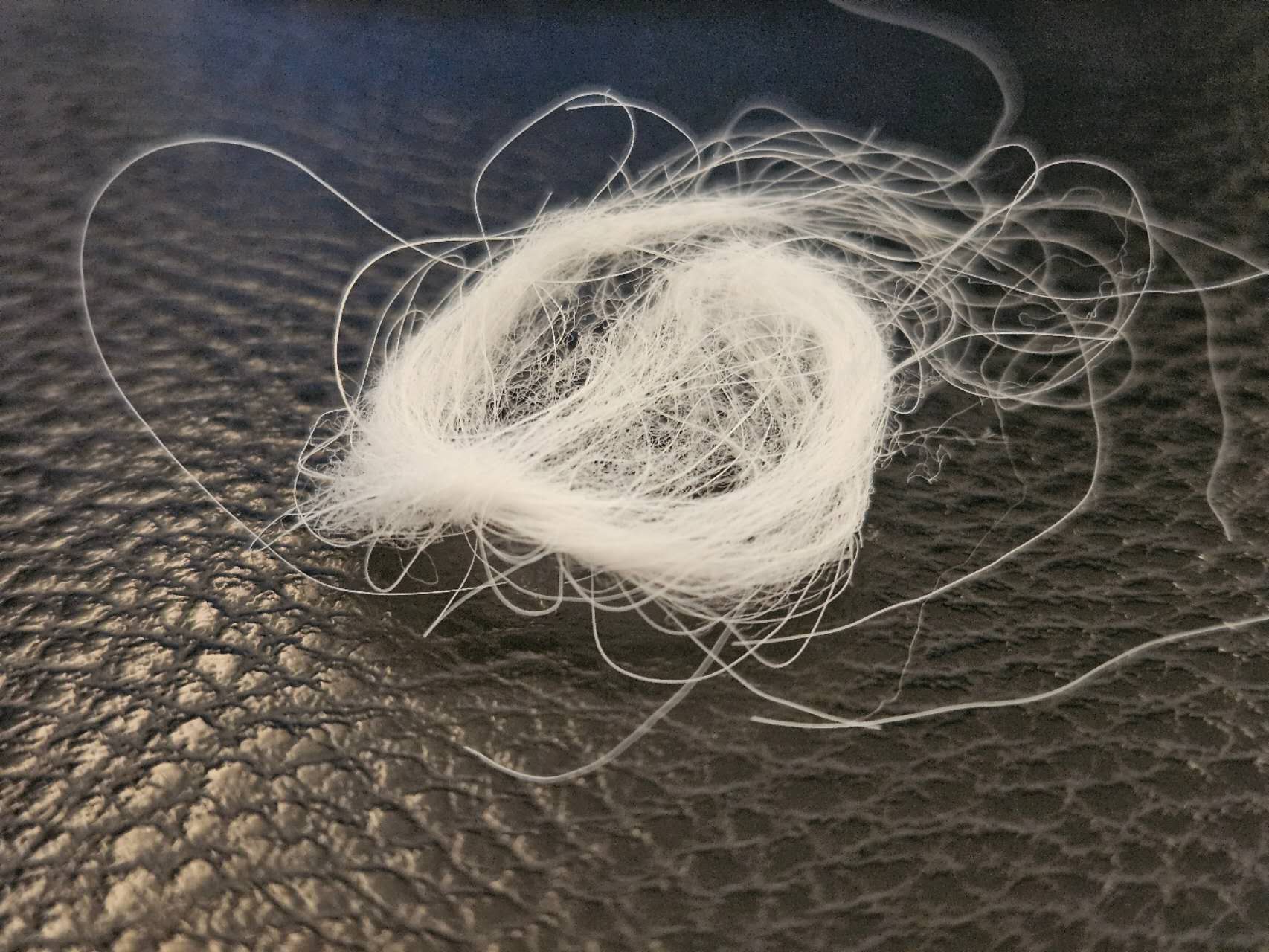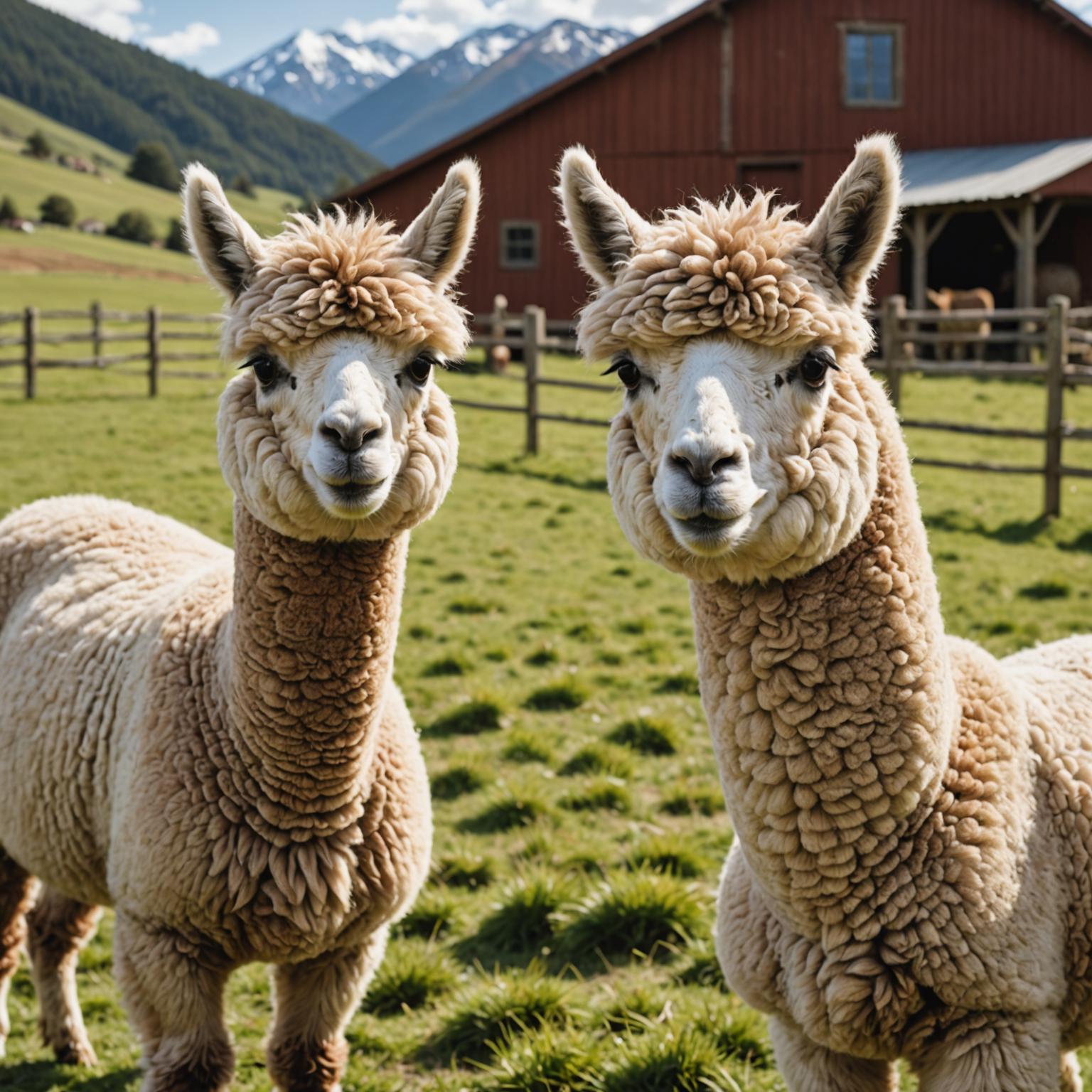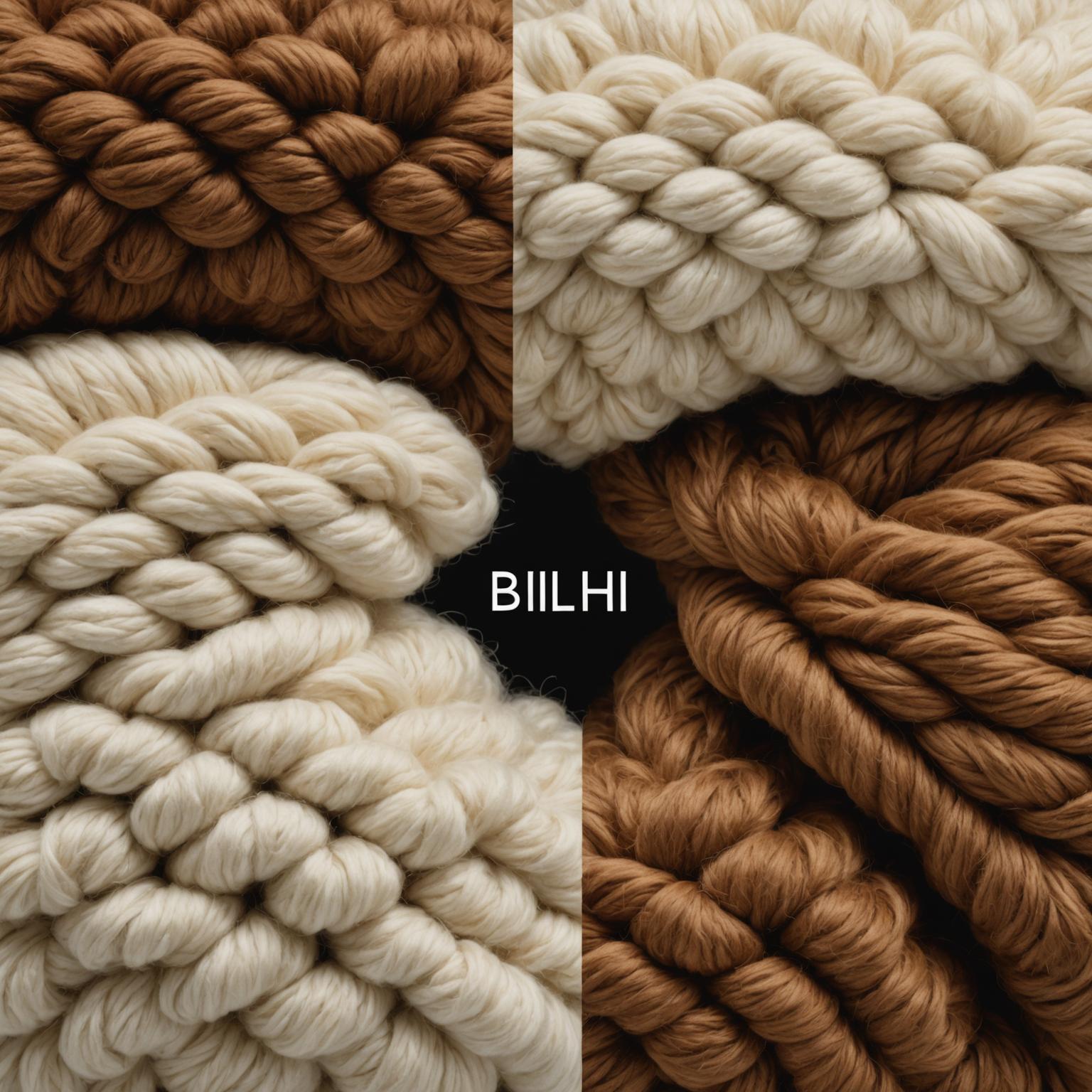Exploring Key Textile Fibers: A Closer Look
The world of textiles is incredibly diverse, offering a vast array of materials for clothing, home furnishings, and industrial applications. Understanding the characteristics of different fibers is crucial for making informed choices, whether you're a designer, a consumer, or simply curious. This article will delve into some popular choices, focusing on the versatile **nylon fiber** and comparing it with natural alternatives like **alpaca fiber**. We'll explore their properties, benefits, and help you understand when one might be preferred over the other.
The Characteristics of Nylon Fiber
**Nylon fiber** was the first commercially successful synthetic thermoplastic polymer, and its invention revolutionized many industries. Known for its exceptional strength, elasticity, and abrasion resistance, nylon is incredibly durable. It's also lightweight and has excellent resilience, meaning it can return to its original shape after being stretched or compressed. Nylon fibers are resistant to damage from most chemicals, as well as insects, fungi, and mildew. They have low moisture absorbency, which allows them to dry quickly, but this can also make them feel less breathable than natural fibers. Common applications include hosiery, activewear, swimwear, ropes, carpets, and mechanical parts.
The Natural Charm of Alpaca Fiber
Hailing from the Andes Mountains, **alpaca fiber** is a luxurious natural material shorn from alpacas. It is celebrated for its softness, often compared to cashmere, its luster, and its lightweight yet warm nature. One of the key **alpaca fiber properties** is its thermal insulation; it's surprisingly warm for its weight due to hollow air pockets within the fiber. It's also hypoallergenic as it contains very little lanolin, making it a great option for those with sensitive skin. There are different **types of alpaca fiber**, primarily categorized by the two alpaca breeds: Huacaya, which produces a dense, crimpy, sheep-like fleece, and Suri, which has long, silky, lustrous locks that hang down. The fiber comes in a wide range of natural colors, from whites and fawns to browns, grays, and blacks. Its uses include high-quality sweaters, scarves, blankets, and socks.
Comparing Materials: Nylon vs Alpaca
When considering **nylon vs alpaca**, several distinct differences emerge. Origin is the most obvious: nylon is a synthetic, petroleum-based product, while alpaca is a natural, animal-derived fiber. This impacts their sustainability profiles, with alpaca generally being more eco-friendly if sourced responsibly. In terms of feel, alpaca offers a soft, luxurious sensation, often with superior breathability compared to **nylon fiber**, which can sometimes feel clammy due to its lower moisture absorbency. Durability is a strong point for both, but in different ways; nylon excels in abrasion resistance and tensile strength, making it ideal for high-wear applications. Alpaca is also durable and less prone to pilling than other wools, but might not withstand the same mechanical stresses as nylon. Cost-wise, alpaca fiber products are typically more expensive than nylon, reflecting the cost of animal husbandry and processing natural fibers.
Key Alpaca Fiber Benefits
Beyond its luxurious feel, several specific **alpaca fiber benefits** make it a sought-after material. Its hypoallergenic nature is a significant advantage for individuals sensitive to sheep's wool lanolin. The thermal properties are outstanding; alpaca garments are warm in cold weather yet breathable enough for comfort in milder temperatures, adapting well to changing conditions. Another of the **alpaca fiber benefits** is its water resistance; the fiber naturally repels water, meaning it can keep you dry longer than some other natural fibers. It's also remarkably strong and resilient for a natural fiber, contributing to the longevity of alpaca products. The wide array of natural colors available reduces the need for dyeing, further enhancing its eco-friendly appeal. These combined **alpaca fiber properties** contribute to its growing popularity.
Choosing Between Nylon and Alpaca
The decision between **nylon fiber** and **alpaca fiber** often comes down to the specific application and individual priorities. If you need a material for high-performance gear that must withstand extreme wear and tear, or if quick-drying properties and affordability are paramount, nylon might be the better choice. It's excellent for items like activewear, outdoor equipment, and durable everyday accessories. However, if you prioritize natural materials, exceptional softness, warmth, hypoallergenic qualities, and a touch of luxury, alpaca is an outstanding option. It excels in clothing meant for comfort and elegance, such as sweaters, scarves, and high-quality blankets. The conversation around **nylon vs alpaca** also includes sustainability; those focused on eco-conscious choices may lean towards responsibly sourced alpaca, appreciating its natural origins and biodegradability over petroleum-based nylon.
Final Thoughts on Fiber Selection
Both nylon and alpaca fibers offer unique sets of advantages that make them suitable for different purposes. Nylon stands out for its strength, durability, and cost-effectiveness in synthetic applications, while alpaca provides natural luxury, warmth, and hypoallergenic comfort. Understanding the distinct characteristics, including the various **types of alpaca fiber** and the specific **alpaca fiber properties**, allows consumers and designers to make choices that best suit their needs, aesthetic preferences, and values. Whether seeking performance or natural indulgence, the world of fibers has something to offer.








